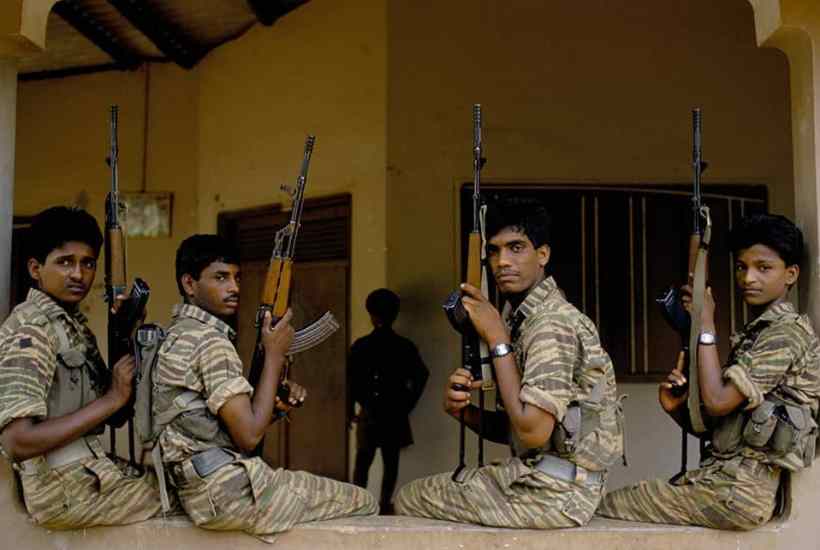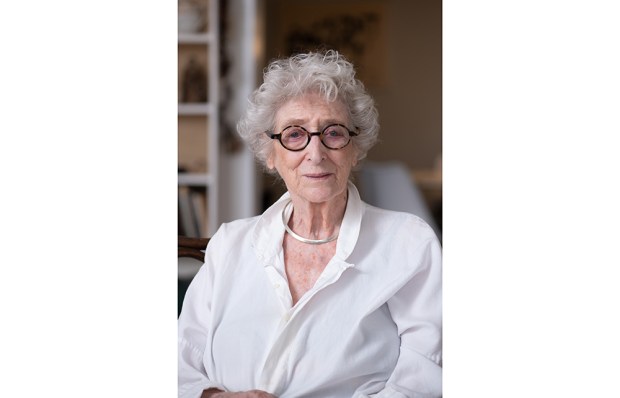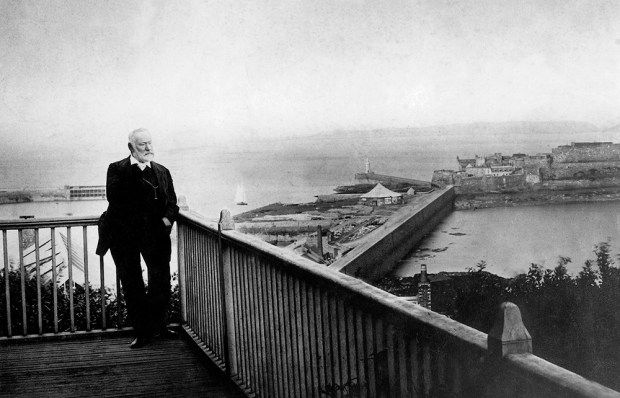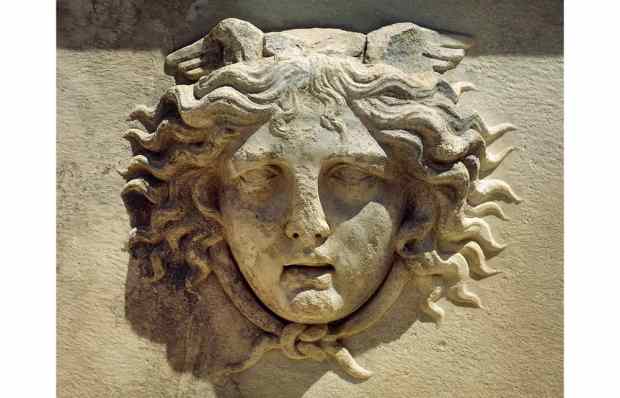Ten years ago Shehan Karunatilaka’s first novel, Chinaman, was published and I raved about it, as did many others. Set in the 1980s, it intertwined the stories of a vanished, forgotten cricketer who was able to bowl unplayable deliveries and the particularly brutal war that was ravaging Sri Lanka. My review ended with the words: ‘Karunatilaka is, I gather, writing another novel, but how it can be as good as this I can hardly imagine.’
Already a subscriber? Log in
Subscribe for just $2 a week
Try a month of The Spectator Australia absolutely free and without commitment. Not only that but – if you choose to continue – you’ll pay just $2 a week for your first year.
- Unlimited access to spectator.com.au and app
- The weekly edition on the Spectator Australia app
- Spectator podcasts and newsletters
- Full access to spectator.co.uk
Or
Unlock this article
You might disagree with half of it, but you’ll enjoy reading all of it. Try your first month for free, then just $2 a week for the remainder of your first year.














Comments
Don't miss out
Join the conversation with other Spectator Australia readers. Subscribe to leave a comment.
SUBSCRIBEAlready a subscriber? Log in